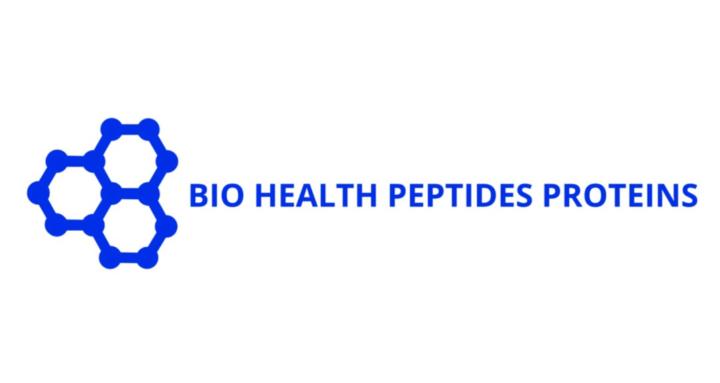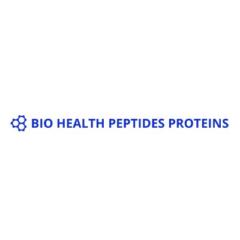Calories vs. Macros — Picking the Right Plan
If protein is the engine, calories and macros are the steering and brakes. Calories set your direction—lose, maintain, or gain. Macros decide how you perform, recover, and feel every day. Learn this now and your meal plan chooses itself. Start it on day one of a GLP-1 and, by the time you hit your goal, you’ll already be making every meal count for something. Timing is everything. Quick refresh - Calories = total energy. Set your gain/loss direction (surplus, maintenance, deficit). - Macros = where those calories come from and what they do: Choose your plan type Pick the one that matches your current goal and training demand: - Balanced: General health, steady training; even carbs/fats with solid protein. - High-Protein: Cutting or recomposition; protein leads, carbs/fats moderate. - High-Carb: Performance blocks, high training volume; carbs lead, fats lower. - High-Fat (lower-carb): Appetite control and steady energy; higher fats, lower carbs. - Muscle Gain: Caloric surplus with high protein and moderate–high carbs. Simple targets to start - Protein: 0.7–1.0 g per lb of goal body weight (≈1.6–2.2 g/kg). - Calories: Choose deficit/maintenance/surplus based on goal; fill remaining calories with carbs and fats according to your plan type. Timing is everything - Anchor protein at every meal (most people: 20–40 g per meal). - Around training: - Fats: keep lower within 1–2 hours pre/post workout for faster digestion. - Hydration & electrolytes amplify performance and recovery—don’t skip them. Why this matters on GLP-1s ? GLP-1s help you eat less. Macro literacy helps you eat right. Start now, and when you taper or stop, you’ll maintain results without relying on appetite suppression. Here's a sample overview of how each diet differs according to goal This isn't advice, its what I follow.
🔥 How to Tell if It’s a Good Protein Source 🔍
Here’s a simple rule of thumb: Multiply the grams of protein by 10. If that number is greater than the calories, it’s a clean, efficient protein source. ✅ Example: - Chicken breast: 25g protein × 10 = 250 - Calories: ~130→ Great source! 🚫 Example: - Peanut butter: 8g protein × 10 = 80 - Calories: ~190→ Not a lean source (mostly fat) 📊 Quick Scale: 🥇 Top Tier (Lean, High-Efficiency) - Chicken breast - Egg whites - Whey isolate - White fish - Turkey breast - Nonfat Greek yogurt 🥈 Middle Tier (Moderate Protein, Some Extras) - Whole eggs - Low-fat cheese - Tofu - Cottage cheese - Beans/lentils - Quinoa 🥉 Bottom Tier (Protein by label, but not by ratio) - Peanut butter - Nuts & seeds - Protein bars (depends on the brand) - Whole grain bread 💡 Use this rule when grocery shopping, meal planning, or comparing snacks. High-protein doesn’t always mean lean protein.
Eggs
The Perfect Superfood Eggs are one of the most nutrient-dense foods on the planet, delivering high-quality protein, essential fats, and nearly every vitamin and mineral your body needs. Each egg provides the ideal balance of amino acids for muscle repair, choline for cognitive function, and powerful antioxidants like lutein and zeaxanthin to support eye health. Forget the outdated cholesterol myths—research shows eggs can actually improve heart health and optimize metabolic function. If you’re not eating eggs, you’re missing out on one of nature’s most efficient and bioavailable superfoods.
1-3 of 3

skool.com/bio-health-peptides-proteins-9123
Learn, connect, and access group-buy opportunities with real researchers. Join today.
Powered by






